So what are the plants still in bloom at this time of year? I had the opportunity to visit a rural property near Spruce Grove, as part of an orchard tour day. The gracious host spoiled us with delicious strawberries and sour cherries and provided lots of great information about her numerous fruit trees and berry bushes. I noticed how many plants were still blooming and were just covered in bumble bees and honey bees.
|
End of August is a time when our yards show signs of winding down - many flowers have gone to seed and some leaves are turning yellow. In an edible landscape, it’s also a glorious time for harvest. The bees and other insects have done a wonderful job pollinating flowers, and we are now reaping the benefits. Let’s not forget that they must continue to forage for pollen and nectar. Having flowering plants until frost is beautiful and provides food for insects such as bumble bees that need enough fuel to overwinter. So what are the plants still in bloom at this time of year? I had the opportunity to visit a rural property near Spruce Grove, as part of an orchard tour day. The gracious host spoiled us with delicious strawberries and sour cherries and provided lots of great information about her numerous fruit trees and berry bushes. I noticed how many plants were still blooming and were just covered in bumble bees and honey bees. There was a large clump of several varieties of Sedums, and large group of purple Liatris that looked stunning and full of buzzing bees. Another lovely combination was a large clump of Russian Sage behind a dark purple barberry. Even some self-seeded California poppies in front of a pink flowering potentilla looked great and had some winged visitors. Lots of good topsoil and ample water is the secret to success in this yard, but even in drier locations we can have late flowering Blanketflowers (Gaillardia) and stunning Coneflowers (Rudbeckia). In my own yard, I still have some Borage in bloom that came up a bit later. Because it self-seeds, you may find it a bit crazy, popping up in the middle of your veggie beds – don't be shy about yanking it out and composting it, ideally before it has set seed. Another later bloomer is Garden Hyssop (Hyssopus officinalis); it is a larger clump and slightly later blooming than the native Anise Hyssop (Agastache foeniculum), especially in part shade. Annuals such as Sunflowers, Calendula, Cosmos and climbing Scarlet Runner Beans are also providing lovely colour and food for pollinators.
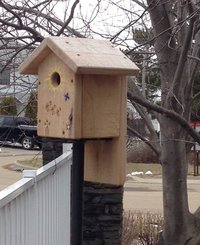 My new chickadee box, already occupied My new chickadee box, already occupied Alberta has a stunning diversity of birds that enrich our lives. Birds clean up pest insects, disperse seeds, fertilize our plants and are part of the food chain for other wildlife. Birds also signal the arrival of spring and delight us with their song. Chickadees are year-round residents in Edmonton and not shy around humans. They start looking for nesting sites in March and April. Black-capped Chickadees are cavity nesters and therefore, they look for holes in trees or rotten areas they can excavate. In cities, they also use nesting boxes attached to a fence post or tree 1 to 3 m above ground. The key to their success is a small enough entrance hole to keep out invasive House Sparrows. The entrance hole should be 29 mm or 1 1/8 inch diameter maximum. By late April, the female is ready to lay eggs, usually 6-8. She incubates the eggs for periods of 20-30 minutes, and the entire night, for about two weeks. Between incubation periods, she goes looking for food and the male also feeds her while she’s on the nest. Chickadees are a very important pest control in our yards. They are voracious predators of caterpillars and other insects, mostly on trees and shrubs. They pick off insects from the bark and leaves. They seem to use leaf damage as clues to where pests are hiding. How cool is that?! Animal matter provides them with about 80% of their diet. Fruit and seeds are also important, especially during the winter and breeding season, when they need lots of calories. Putting out sunflowers seeds and growing sunflowers attract them to your yard. You can get excellent advice and supplies at Wildbird General Store or Wild Birds Unlimited. Be sure to purchase a box that has a small hole that excludes House Sparrows because these invaders will take over and eat your prized veggie seedlings. To build your own box, you can find plans here. Find more info about the importance of birds in organic food production. And here are more facts on Black-Capped Chickadees and other Canadian wildlife. 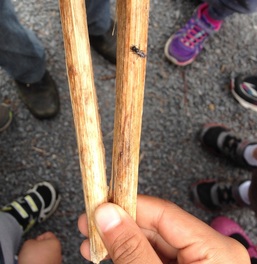 I’ve been fascinated with wild bees for a few years, and I have played around with creating pollinator homes and encouraging others to do the same. This spring, I had a wonderful experience showing my garden club kids at Windsor Park School how to tie together dry sunflower stalks to make bundles and hang them in protected areas for the pollinators. While inspecting some older stick bundles back at home, I found one with two cells, presumably with wild bee larvae. I took this stick to the school and showed the children. A week later, I realized I had forgotten to put that stick with the larvae back in my yard, and it was still in my garden club box when I gathered the children for another session. To our surprise and delight, the bees had just hatched and two tiny, black bees were sitting on the stick and then flew away into the school garden. If you want to make your own stick bundles for pollinators, you will need to save stalks in the fall from sunflowers or perennials that have thick stems. The sticks should be at least 6 inches long, tied together and hung under an overhang, ideally facing east. Wild bees will create cells to lay eggs, provision them with food and then seal them off for protection. The same idea applies to deep holes drilled in wood. You can drill holes in stumps or untreated wood beams. The holes can range in size from 1/8" to 5/16" in diameter, and as deep as the drill bit will allow, but 6 inches would be ideal. Another option is to roll paper around a thin stick and close off one end. Remove the stick, and place bundles of these paper tubes inside a water proof container, then secure it in an east-facing location that is protected from rain. For information on more elaborate pollinator homes, you can visit the Edmonton and Area Land Trust website and download instructions and plans. I have several pollinator homes in my yard, and I also have many kinds of native and non-native flowering plants that provide a source of nectar and pollen for the bees. The combination of flowers, a source of water and wooden homes or stick bundles create the right conditions for pollinators to stick around. The benefit is more beneficial insects and better plant pollination. 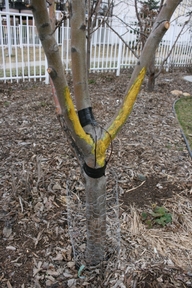 My dear apple tree took a beating this winter. Deep, compacted snow hoisted the local rabbit population to new heights and the result is stripped bark along the major branches. I was very upset and phoned Amanda at Sprout Farms for help. She suggested I paint the damaged areas with some of the Doc Farwell's Grafting Seal I still had in the house from a couple of years ago. Once the snow was gone, Amanda came to create a couple of bridge grafts that will reconnect the damaged area and allow nutrients to flow from the roots to the top of the tree. I'm hopeful, as the tree has leafed out nicely and is blooming well!! I have a bit of a love-hate relationship with my resident White-tailed Jackrabbits. During the long days of winter, a cute bunny enjoys the meager rays of the winter sun and a quiet place in our yard, just below our dining room window. He is never totally asleep and takes off through the neighbourhood when I take out the compost.
Late last spring, as food sources got scarce, one of these rabbits pruned the lower branches of our Evan’s Cherry tree and pretty much mowed down a Romance Series Cherry. I also discovered that someone gnawed the bark of the lower branches on our apple trees. I decided to keep an eye on Peter Rabbit and I placed chicken wire cages around the trees of smaller shrubs. With all the snow we have been getting, I was wondering if my trees would be in trouble and meant to stomp down the snow. Unfortunately, I got sick and forgot about it. Once the weather warmed up and we got some freezing rain, that fluffy snow turned into a perfect step ladder for Pete! He stripped the bark on some of the previously unharmed branches... boy was I angry. Out of the garden with you! But what can I do, I left down my guard and now I have to hope my apple trees can cope. If they die, I guess I can plant some plum trees. As winter turns to spring and spring into summer, White-tailed Jackrabbits feast on the clover in my lawn and stay away from my prized plants. Then I don't mind them and actually like having wildlife in our yard. |
AuthorClaudia is exploring and sharing permaculture ideas in Edmonton. Categories
All
Archives
March 2022
|
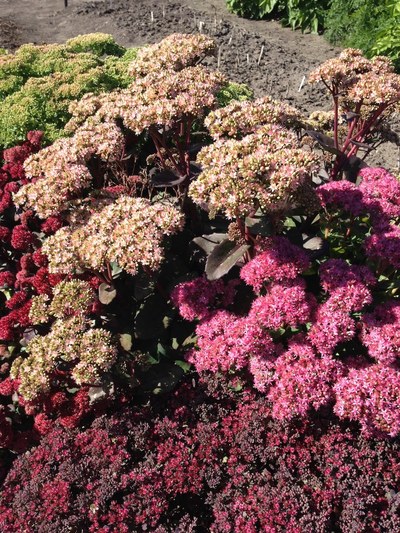
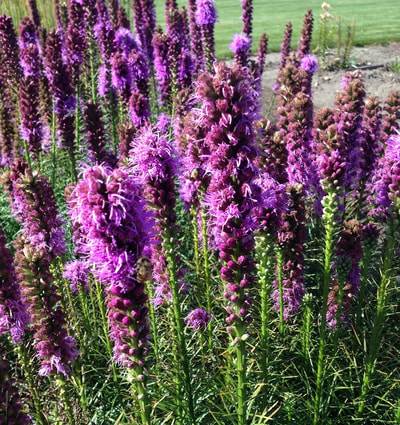
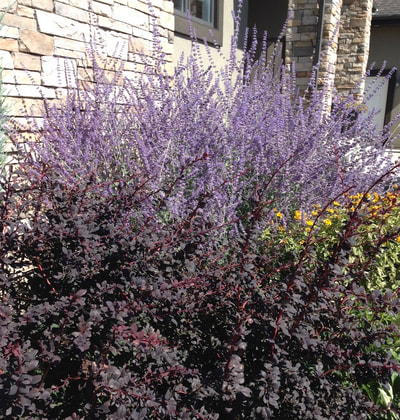
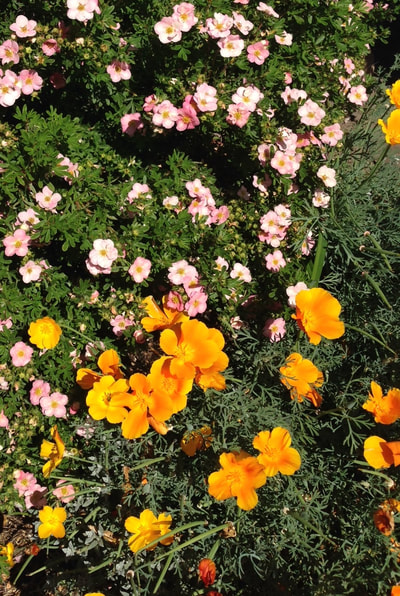
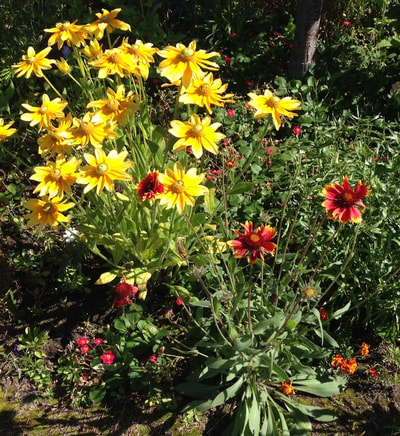
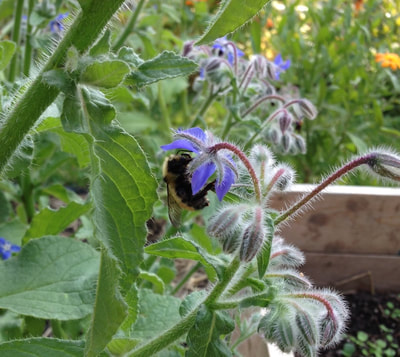
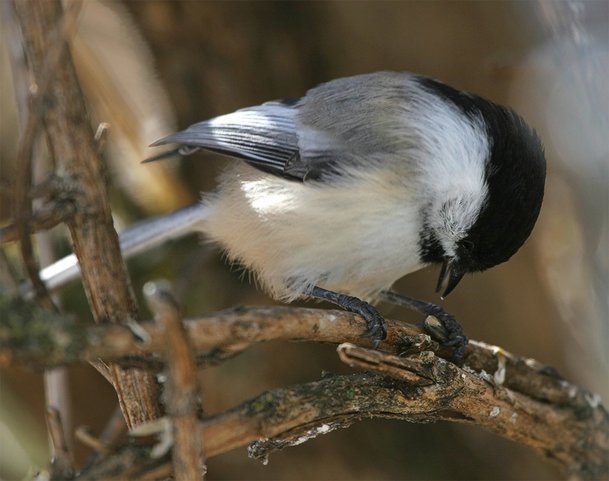
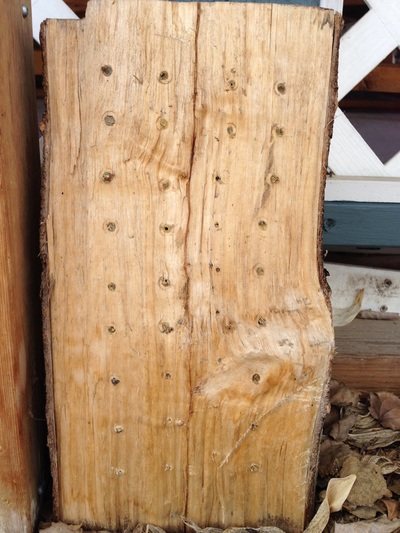

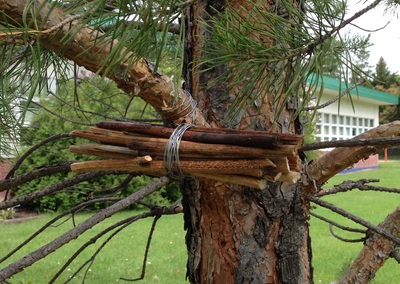
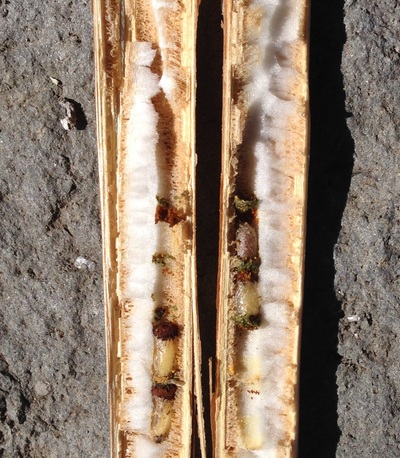
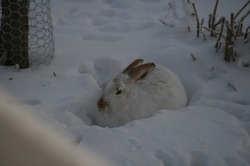
 RSS Feed
RSS Feed